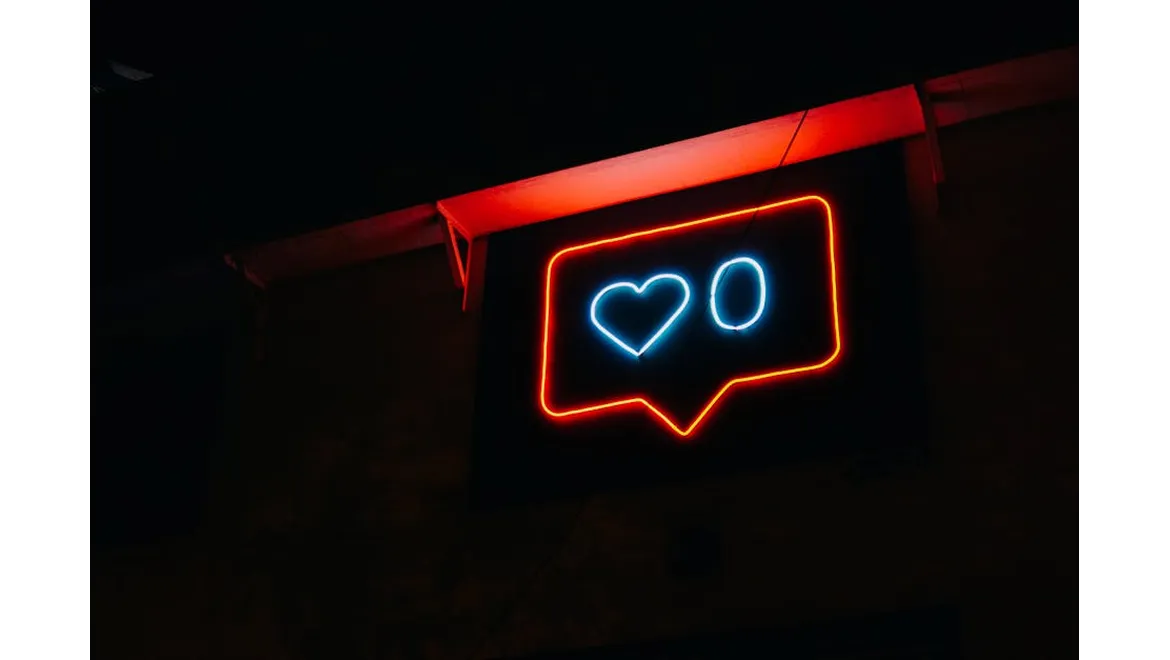Right, let’s dive in! I had a cracking chat with Ben the other day about really making Facebook sing for business, you know, going beyond just racking up likes. We were brainstorming how to use Facebook’s data – and trust me, there’s a lot of it – to actually predict what kind of content will turn into proper conversions: leads, sales, the whole shebang. He’s a bit of a whizz with predictive analytics.
So, the first thing Ben drilled into me was this: stop obsessing over vanity metrics. Likes, shares, comments – they’re nice, sure, but they don’t necessarily equal pounds in the bank (or leads in the pipeline!). We need to track and analyse user behaviour way beyond those superficial numbers. Think about it: someone might like a funny meme, but is that going to make them buy your product? Probably not. But someone who clicks through to your website after reading a blog post about a problem your product solves? That’s a different story.
Getting Data-Savvy: Tracking the Right Stuff
So, what should we be tracking then? Ben suggested focusing on these key areas, and how to do it:
- Website Clicks: Obvious, but crucial. Use Facebook Pixel to track website visits originating from your Facebook posts. This gives you direct insight into what content drives traffic.
- Landing Page Conversions: Track actions on your landing pages – form submissions, downloads, even time spent on the page. Facebook Pixel can do this, or you can use Google Analytics and link it to your Facebook campaigns.
- Lead Generation Forms: If you’re using Facebook lead ads, analyse the completion rate, cost per lead, and the quality of leads generated. (We will talk about this in a second)
- Video Views (and completion rates): If you’re using videos, pay attention to the percentage of the video watched. Someone who watches 95% of your product demo is clearly more engaged than someone who bails after 5 seconds.
- Event Registrations: If you are advertising an event, analyse the sign up rates from a post.
- Purchase Tracking: If you’re selling products directly through Facebook Shops or through your website using Facebook ads, track completed purchases attributed to specific content.
Predictive Analytics for Content Optimization: The Magic Sauce
This is where the predictive analytics bit comes in. Ben explained that once you have enough data on the above metrics, you can start using tools (or even just Excel with a bit of know-how) to identify patterns. For example:
- Content Type: Are videos consistently outperforming text posts? Does longer-form content generate more leads than short, snappy updates? Understanding this will help.
- Keywords & Topics: What keywords and topics resonate most with your audience? Look for correlations between specific words/themes in your content and conversion rates.
- Timing: When are your audience most active and receptive to your messages? Experiment with different posting times and track the results.
- Audience Segmentation: Segment your audience based on demographics, interests, and behaviours. Then, tailor your content to each segment and track which content performs best with each.
Conversion-Focused Content Strategies
Ben and I then talked about some specific content strategies that are designed to drive conversions:
- Problem/Solution Content: Highlight the pain points your target audience faces and then showcase how your product/service solves those problems. Case studies, testimonials, and before-and-after stories work well here. You can achieve this by putting out ‘How to’ guides or blogs.
- Lead Magnets: Offer something valuable in exchange for contact information (e.g., an e-book, a checklist, a free trial). Promote your lead magnets through targeted Facebook ads.
- Webinars & Live Q&A Sessions: Host webinars or live Q&A sessions to engage with your audience in real-time and answer their questions. This builds trust and authority, which can lead to increased conversions.
- Targeted Promotions & Offers: Create exclusive offers for your Facebook followers. Use Facebook ads to target specific segments of your audience with personalised deals.
- Contests & Giveaways (with a twist): Instead of just asking people to like and share, make the entry requirement conversion-focused. For example, ask people to sign up for your email list or visit a specific landing page to enter the contest.
Example in action: Lead Generation Forms
Ben highlighted that lead generation forms on Facebook can be brilliant, but only if you use them right. Firstly, don’t ask for too much information. Keep it simple: name, email, maybe phone number if it’s crucial. Secondly, clearly explain what people will get in return for filling out the form. Offer a valuable freebie – a discount code, a free consultation, access to exclusive content. Finally, target your ads carefully. Use Facebook’s targeting options to reach people who are genuinely interested in what you have to offer.
We concluded that the key takeaway is: Facebook is a powerful tool, but you need to use it strategically. Stop focusing on superficial metrics and start tracking the data that truly matters. Use predictive analytics to identify patterns and optimise your content for maximum impact. And always, always provide value to your audience. If you can do all of that, you’ll be well on your way to turning Facebook likes into actual business.











